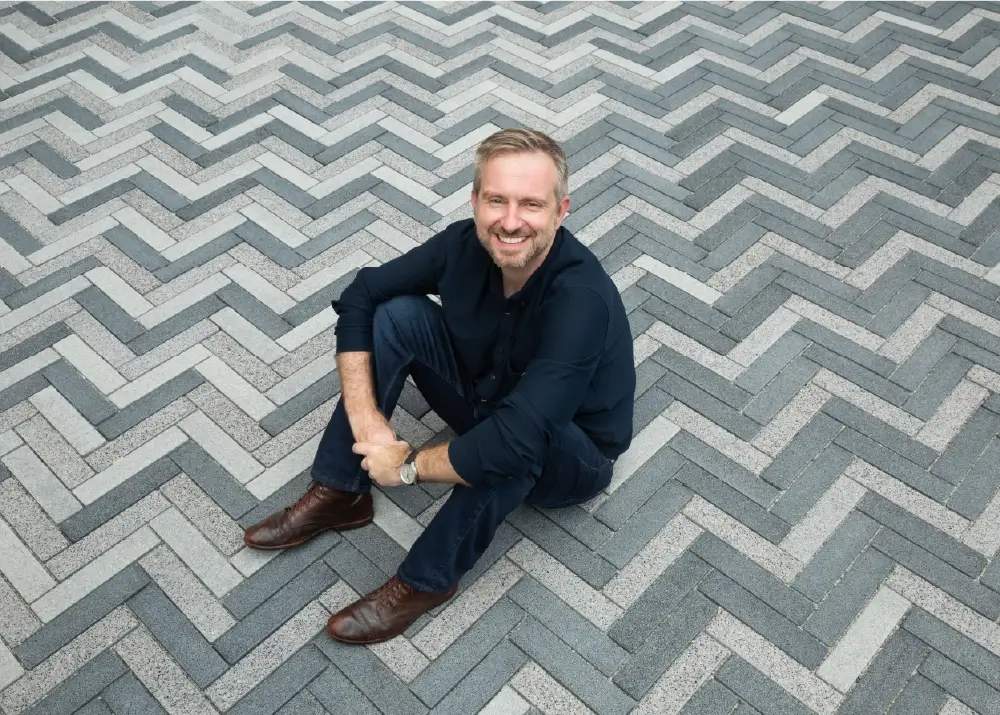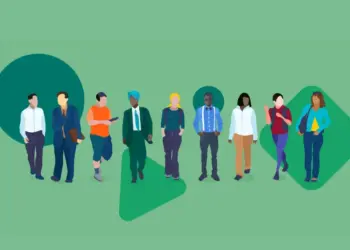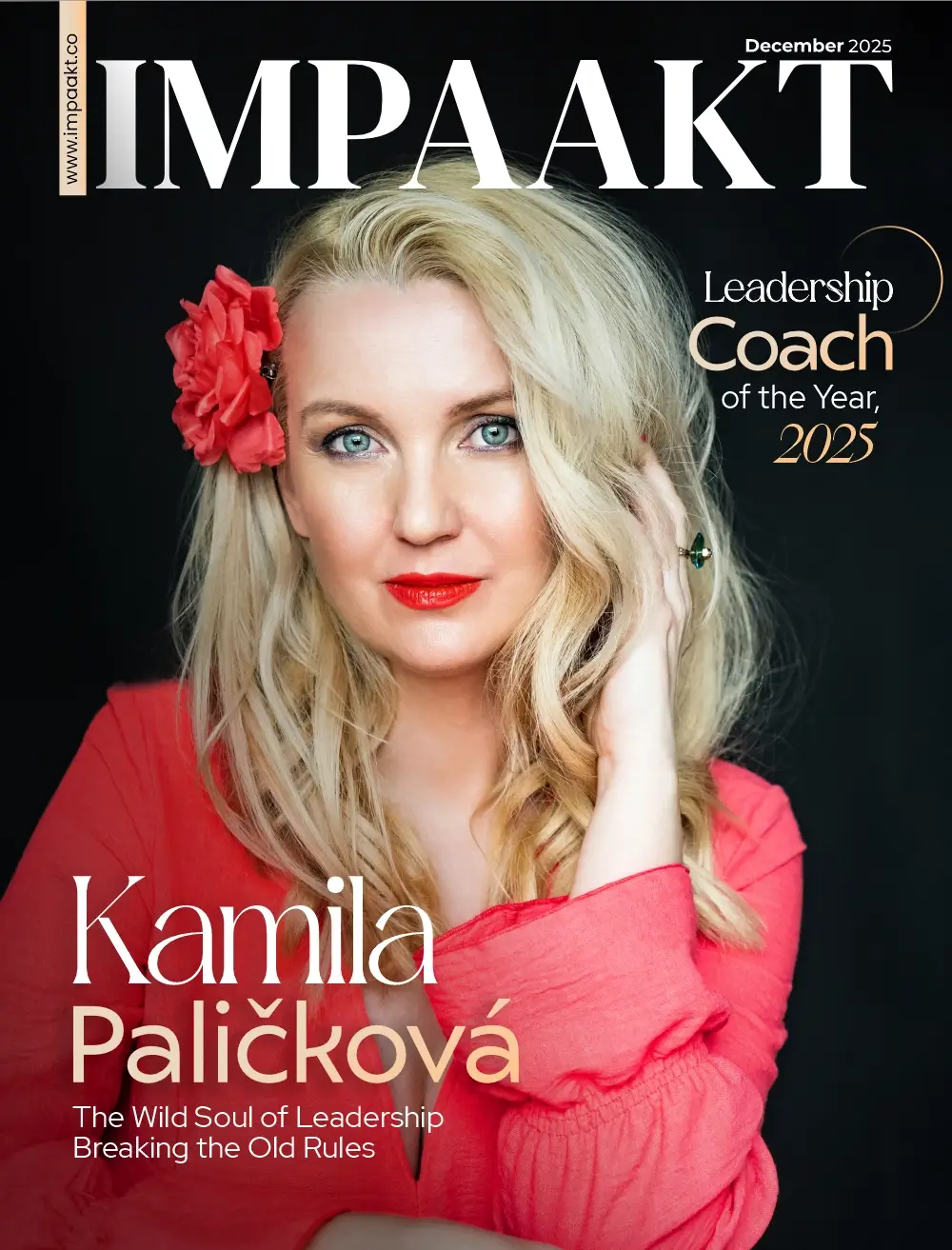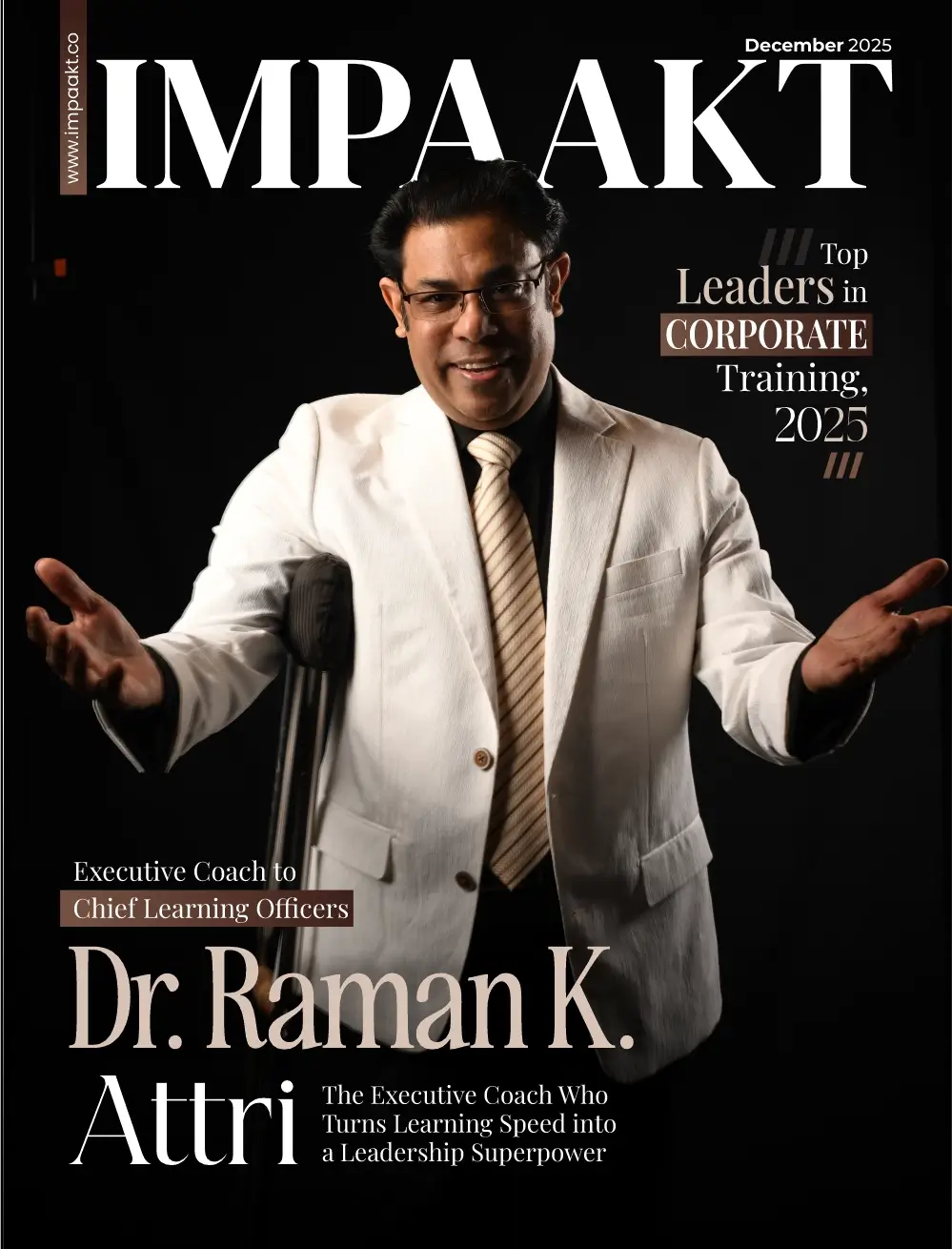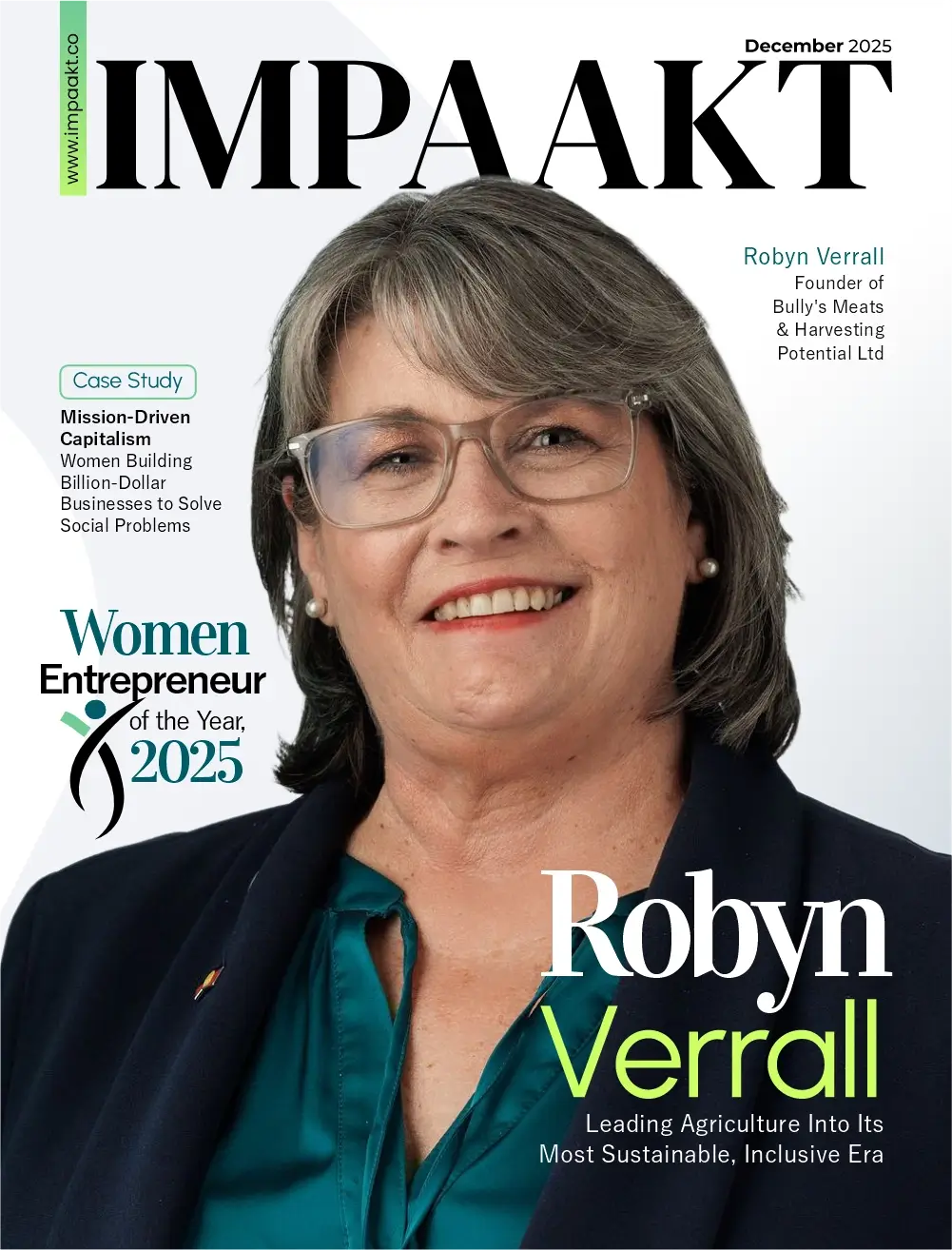Data is extremely powerful. So much so that it can help solve today’s most pressing social issues, such as global health and climate change. And in today’s dynamic world of data philanthropy, one person who went big on data to drive change is Jacob Harold.
With a career marked by a deep commitment to making the world a better place through data-driven insights, the Co-founder at Candid stands as a testament to the transformative potential of information in the nonprofit sector.
As an advocate for transparency, efficiency, and data-driven decision-making, Jacob’s work exemplifies his dedication to creating a more informed and interconnected world. His visionary outlook and commitment to bridging gaps in the trillion-dollar social change economy have made him a driving force behind Candid’s mission.
In the following interview, we had the privilege of diving into the insights and experiences that shaped Jacob’s career. From his upbringing on a North Carolina corn farm to his pivotal role in the Overhead Myth campaign, Jacob had a rollercoaster ride. From his academic pursuits at prestigious institutions to his reflections on the intersection of philanthropy and global challenges, his journey is a remarkable testament to the power of information and data as a force for good.
Below are the interview highlights:
Can you share a bit about your upbringing on a corn farm in rural North Carolina and how it shaped your values and perspective on social change?
When I was two years old my parents rented an old house on a 90 acre corn farm. In the eight years we lived there, I had almost absolute freedom: I would explore the fields, the forests, the old barns, the streams. Most of the time, my only company was our big red dog Jesse. That freedom cultivated a sense of agency. I learned that even though we don’t fully understand the world, we can at least explore it. And through it all, it was clear to me that the world had value and we had a responsibility for it.
You’ve had a diverse career path, from working on a farm to being part of the nonprofit sector and beyond. How have these experiences contributed to your approach as a social change strategist?
I should admit we don’t work the farm! We just rented an old rickety farmhouse. A few times a year giant machines would come to plant or harvest the corn. We witnessed the work of agriculture, but we couldn’t claim to contribute to it. But just seeing it was important; it was a chance to feel a connection to the systems that make our world work. So many of the other experiences I’ve had have just opened the aperture of my understanding—whether studying in India and China, working with leaders across philanthropy, or exploring the wilds of North America.
All of it has taught me the value and complexity of the world. My work in the nonprofit sector is, then, just a vehicle to try and do something useful to serve that world.
Your tenure as President & CEO of GuideStar and Co-founder of Candid spanned almost a decade. Can you highlight some of the most significant achievements during this period?
Our world runs on information. I saw (as did others) that the information infrastructure of the social sector was underdeveloped. We didn’t have a shared platform that could tell the full story of what nonprofits were doing in the world. GuideStar had solved part of the problem—basic annual regulatory information—and I saw an opportunity to build on that platform with a richer, more multidimensional view of nonprofits.
And I think we made immense progress. More than 200,000 US-based nonprofits have shared additional information through the GuideStar platform. That information is connected to many of the largest commercial technology and finance platforms. We built a supply chain of nonprofit information. It was clear, though, that we needed more—we needed to link that nonprofit data with information about grants, social issues, and practice. And that’s what led to GuideStar’s merger with Foundation Center to form Candid. There’s a lot more still to be done, but I think the field has made immense progress in building the infrastructure it needs.
The Overhead Myth campaign aimed to shift focus from nonprofits’ financial ratios to programmatic results. How did this campaign impact the perception of nonprofit organizations and their effectiveness?
People often develop frameworks for decision-making based on what information is available. In the US nonprofit sector, this became a problem. The only available information was financial data. Donors (and others) came to believe that financial ratios were a good proxy for organizational effectiveness. This led to all sorts of pernicious effects, as nonprofit leaders spent more time trying to minimize overhead than they did trying to maximize impact.
At GuideStar, we recognized we had a responsibility to confront this problem. We recruited two other platforms (which were in some ways our competitors!) Charity Navigator and the BBB Wise Giving Alliance, to join us in a campaign. And we yelled from the rooftops that the overhead didn’t tell the full story of social change. Then we paired our communications campaign with a major new effort to collect information from nonprofits about the actual work they were doing in communities.
You’ve been involved in various philanthropic initiatives and climate change campaigns. How do you see the intersection of philanthropy and addressing global challenges like climate change?
Philanthropy is big, but it’s a lot smaller than government and business. We have to be clear-eyed about the role that philanthropy can play in a problem like climate change. Nonprofits are simply not big enough to execute the solutions: to build clean energy infrastructure, transform agriculture, or oversee the revitalization of the world’s forests.
What we can do is highlight the pathways that will get us there. We can do the research to describe the situation, analyze the forces at play, and articulate a better future. Sometimes, we have to push for what we see is right. Other times we need to lead by example: create the new enterprise or craft the new system.
The broader nonprofit sector brings two advantages. First, our primary orientation is toward building a better world. We’re focused on doing good—and that focus creates strategic clarity. Second, we have greater flexibility to explore those pathways. We don’t face discipline from investors (like business) or voters (like government). That flexibility brings freedom, but it also has a dark side: we have to choose to listen and learn. The best organizations proactively engage with stakeholders. That’s not just an ethical imperative, it can make our work better.
Could you share some thoughts on effective strategies for philanthropic organizations and individuals to make a meaningful impact on complex social and environmental issues?
There’s a letter in this question that is particularly important. That’s the letter ‘s’—strategies plural not strategy singular. The world is simple to complex for any one approach. Social change leaders need to have access to a range of different approaches and ways of understanding how change happens. The good news is that we have an abundance of strategies to draw from—from storytelling to mathematical modeling to design thinking to community organizing.
Your educational journey includes degrees from Duke University and Stanford Graduate School of Business, along with additional training from various institutions. How has your academic background influenced your career and encouraged you in your seminal work—The Toolbox?
Social change strategy should be like a liberal arts education. We want to draw from a range of different traditions. I was lucky in college to put together a curriculum that was a mixture across disciplines, from math to history, from literature to economics. Then, in business school, I saw that the best business leaders pull together a range of different ways of thinking about leadership. They had a mixture of the quantitative and the qualitative, the personal and the structural, the lute and the sextant.
Different academic disciplines operate best at different scales. Quantum physics looks at the very small, while cosmology considers the entire universe. Psychology looks at the behavior of individuals, economics looks at human interactions at scale.
In the same way, the frameworks we bring to social change strategy need to match the scale at which we are operating. We might use an insight from behavioral science to help guide the behavior of individuals, whereas we may want to apply the frameworks of complexity science to understand the interactions that drive a broader system.
Your essays have been used as course materials at prestigious universities around the world. How does it feel to know that your work is shaping the education of future social change leaders?
It’s a great honor to think about students at major universities like Stanford, Oxford, or Tsinghua reading my essays. But I’m almost more gratified to know that students at community colleges have been assigned my work. The elite universities do set the tone for so much of modern life. But leaders exist throughout society; and it’s a privilege to help craft their understanding of social change.
What message would you like to convey to aspiring social scientists and change-makers who are passionate about creating a better world?
The world is changing so fast that our frameworks sometimes feel out of date. Our ways of understanding need to shift as the very nature of society changes. For this reason, the intersection between ideas and practice is even more important than has been in the past. The insights of social science are themselves a driver of how we think about social change. Scholarship continues to have a critical role in helping us understand the changing world.
All of us who care about a better world can live an interplay between ideas and action. We might as well be honest about it.
How do we find an anchor in times of rapid change? To me, the simple answer is values. It is our moral frameworks that provide us an anchor in times of change.
Is there a particular motto or guiding principle that has consistently driven your work throughout your career?
My wife and I wrote up a marriage contract before our wedding. In it, we highlighted a set of principles that we wanted to build our family upon. At the heart of that contract are four values: love, truth, wonder, and justice. It is love that makes us value the people around us. It is respect for truth that drives us to be honest. It is wonder that inspires our curiosity and creativity. And it is our desire to build justice that leads us to act.
